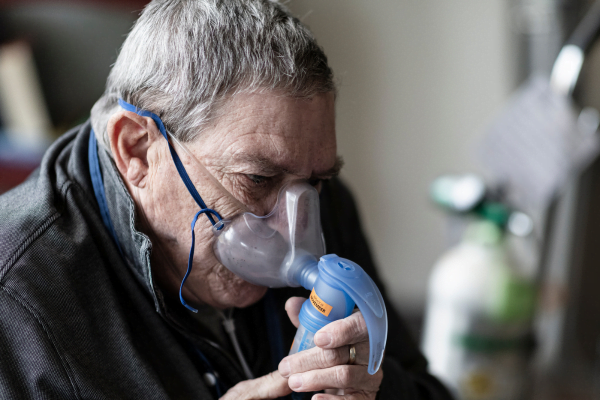Pulmonary embolism (PE) is a severe condition caused by a blood clot lodging in a lung artery, thereby interrupting blood flow. While anyone can develop PE, the risk is heightened for travelers, particularly those on lengthy flights. As air travel becomes more common, it is crucial to understand these risks and take steps to maintain health during flights.
Understanding Pulmonary Embolism
PE typically originates from deep vein thrombosis (DVT), which involves blood clots forming in deep veins, usually in the legs. These clots can travel to the lungs where they cause blockages. Common symptoms of PE include shortness of breath, chest pain, and coughing up blood. Immediate medical treatment is critical, as untreated PE can be life-threatening.
Travel-Related Risks
Long periods of immobility, such as during extended flights, increase the risk of DVT and subsequently PE. Other factors that elevate PE risk while traveling include:
- Lack of Movement – Prolonged sitting in cramped spaces hinders blood flow, which can lead to clot formation.
- Dehydration – The low humidity in airplane cabins can lead to dehydration, thickening the blood and promoting clot formation.
- Pressure Variations – Changes in cabin pressure can alter blood circulation, potentially leading to clots.
- Pre-existing Conditions – Conditions such as obesity, heart disease, or prior instances of DVT can increase the likelihood of PE.
Diagnosing Pulmonary Embolism
For diagnosing suspected pulmonary embolism, the gold standard is computed tomography pulmonary angiography (CTPA). This imaging modality provides detailed pictures of the pulmonary arteries, facilitating the precise identification of clots. CTPA’s high sensitivity and specificity make it the preferred diagnostic tool for PE.
Other diagnostic tests include ventilation-perfusion (V/Q) scans and D-dimer blood tests, which identify a protein fragment linked to clotting. Yet, CTPA remains the most reliable method for confirming PE, allowing for prompt treatment and reducing the risk of complications.
Preventive Strategies for Pulmonary Embolism
To minimize the risk of pulmonary embolism when traveling:
- Stay Hydrated – Consume plenty of water before, during, and after flights to avoid dehydration.
- Move Frequently – Engage in simple exercises such as ankle circles, calf raises, and walking along the aisle to improve blood circulation.
- Wear Compression Stockings – Utilize compression socks to enhance blood flow in your legs and reduce the risk of DVT.
- Choose Aisle Seats – Opt for aisle seats to facilitate easier movement and stretching during the flight.
- Avoid Alcohol and Caffeine – Limit intake of alcohol and caffeine as both can contribute to dehydration.
- Consider Medications – Those at higher risk should discuss with their healthcare provider about taking blood thinners or other medications before traveling.
Takeaways
Pulmonary embolism is a serious health threat, particularly for long-distance travelers. Awareness and proactive measures can greatly reduce the risk.
By staying well-hydrated, moving regularly, using compression stockings, and making other necessary lifestyle changes, travelers can effectively lower their risk of developing PE during flights. Prioritizing health and adopting preventive practices ensure safer and more enjoyable travel experiences. Remember, when it comes to PE, prevention is key.
Frequently Asked Questions (FAQs)
How is the risk of pulmonary embolism (PE) assessed?
Evaluating the risk of PE involves considering medical history, current health status, lifestyle, and any predisposing conditions. Healthcare providers use tools like the Wells score or Geneva score, which evaluate signs, symptoms, risk factors (such as recent surgery or immobility), and potential alternative diagnoses, to determine PE risk. Imaging tests like computed tomography pulmonary angiography (CTPA) may be used to confirm PE and assess its severity.
What does follow-up care involve after experiencing a pulmonary embolism?
Follow-up care after PE typically includes regular medical appointments to monitor treatment progress, prevent recurrence, and manage any complications. This can involve periodic check-ups, imaging tests to evaluate clot resolution, and adjustments to medication. Patients are often advised to embrace lifestyle changes, such as maintaining a healthy weight, staying physically active, and avoiding prolonged immobility. Effective communication between patients and healthcare providers is crucial for optimal recovery and reducing the risk of future PE incidents.
